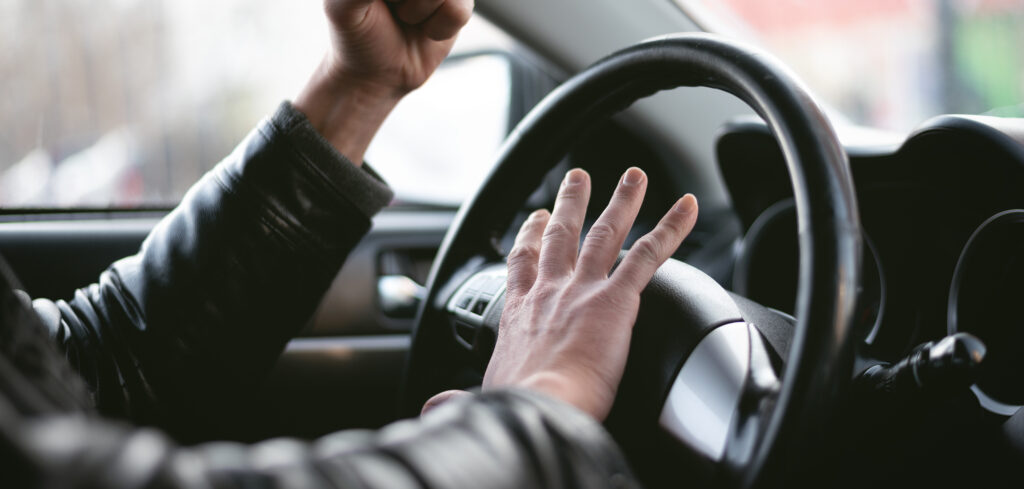Research conducted by the University of Warwick in the UK has identified characteristics of aggressive driving that will impact road users and the transition toward self-driving cars.
The study, which identifies aggressive driving behaviors, features measurements from scientists which show how driving characteristics change when the driver is in an aggressive state of mind.
These changes consist of more erratic, faster driving, with more mistakes made than those drivers in a non-aggressive state. This puts other road users and pedestrians at risk while also creating a challenge for researchers developing self-driving car technology.
Detective chief superintendent Andy Cox of the Metropolitan Police has warned that these driving behaviors contribute to between four and five deaths each day on UK roads and are “predominantly caused by dangerous and reckless drivers”.
The university’s study categorized aggressive driving behaviors and presented the key findings, which have been published in the journal Accident Analysis and Prevention. The main findings are that: aggressive drivers have a 5km/h mean faster speed than non-aggressive drivers; and aggressive drivers make more mistakes than control groups – including not indicating when changing lanes. The research states that aggressive driving is categorized as “any driving behavior that intentionally endangers others psychologically, physically, or both”.
“While it’s unethical to let aggressive drivers loose on the roads, participants were asked to recall angry memories, putting them in an aggressive state, while performing a driving simulation. These were compared to a control group, who weren’t feeling aggressive,” commented lead author of the study Zhizhuo Su, PhD student at the Institute of Digital Healthcare and Intelligent Vehicles Research Group, WMG at the University of Warwick.
“This research is significant because, as the era of autonomous vehicles approaches, road traffic will be a mix of both autonomous and non-autonomous vehicles, driven by people that may engaged in aggressive driving. This is the first study to characterize aggressive driving behavior quantitatively in a systematic way, which may help the autonomous vehicles identify potential aggressive driving in the surrounding environment.”
“Over the last few decades, road safety policies, infrastructure changes and improved vehicle safety have significantly reduced road casualties,” explained Roger Woodman, assistant professor at WMG and co-author of the study. “However, human error, which is often a result of aggressive driving, remains a leading cause of crashes. To make driving safer, our research focuses on methods for understanding the state of the driver, to identify risky driving behaviors, through the use of driver monitoring systems (DMS). This will enable the driver to be alerted when they are at an increased risk of an accident and allow the vehicle to deploy calming methods, such as altering the cabin noise level, playing relaxing music, or ultimately reducing the speed of the vehicle.”
Dept chief superintendent Andy Cox, NPCC lead for fatal crash investigation and OCU commander at the Metropolitan Police, added, “In the UK, on average between four to five people die every single day in a road crash. This widespread devastation is predominantly caused by dangerous and reckless drivers. Having met many bereaved families who live with the lifelong heartache of prematurely losing a loved one in such a violent manner, I recognize the need to instigate substantial change across the road safety sphere; which includes driving culture, standards and legislative options.
“Those drivers who choose to commit road crimes such as aggressive driving, intimidating other sensible and safe road users should recognize the risk they pose to themselves and others, and frankly the law should remember that a driving license is assigned after a person demonstrates themselves to be safe and earns the right to drive. We should seek to maintain high standards and ensure the system sees the right to drive as a privilege rather than an entitlement. Currently I think the balance favors the individual rather than the law abiding collective.”
The entire paper can be found here.


